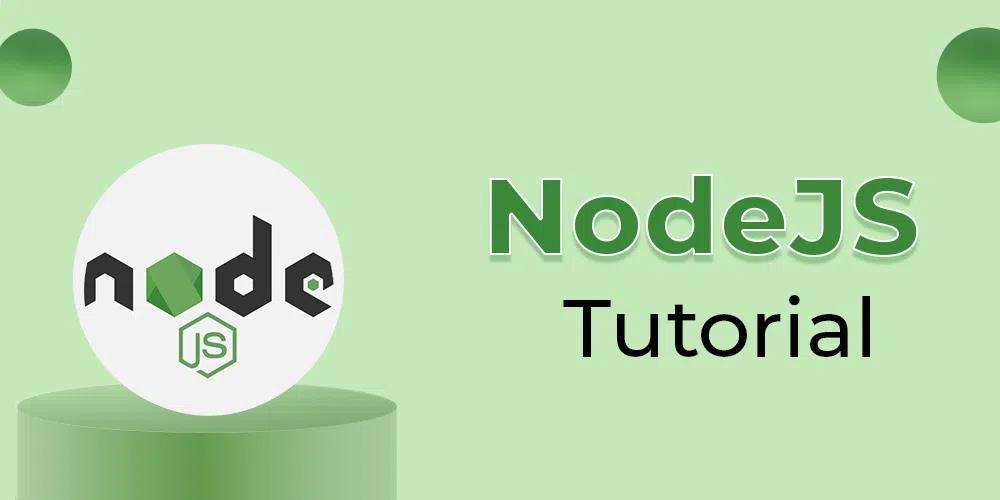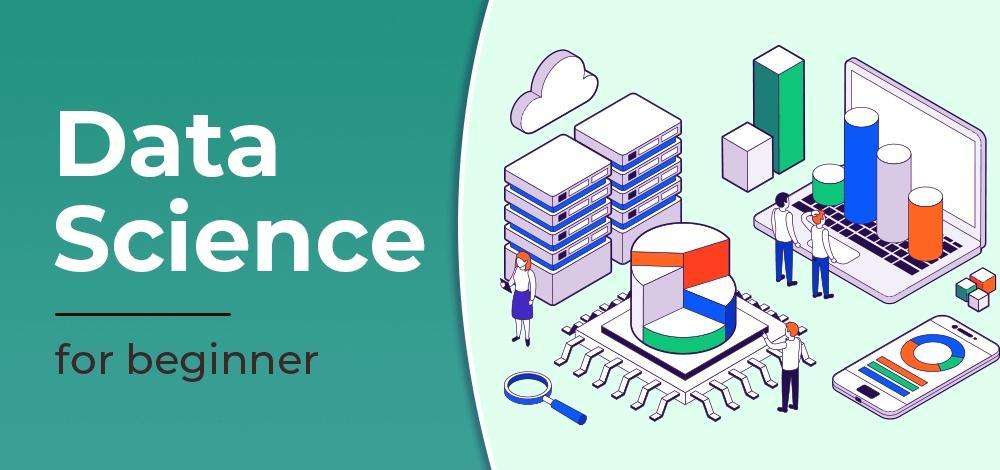
Get back on a journey to cloud excellence with Google Cloud Platform (GCP). This tutorial and roadmap will guide you through the ins and outs of GCP, ensuring you’re equipped to leverage the full potential of this powerful cloud service.
Google Cloud Platform offers a suite of cloud services from Google, enabling data storage, management, and analysis. It’s also a go-to for crafting, deploying, and expanding applications within Google’s infrastructure. Recognized as a top cloud platform in Gartner’s IaaS Magic Quadrant in 2018, it equips developers with the tools they need to create and launch applications securely and dependably, complete with sophisticated security options.
Google Cloud Platform’s services are accessible to developers, cloud managers, and IT professionals via the public internet or a dedicated network link.
This Google Cloud Platform tutorial will take you through everything from the basics to more complex topics like Google Cloud, Google Cloud Storage, the Google Cloud console, and other Google cloud services, including servers and hosting.
Aimed at both novices and seasoned professionals, this tutorial serves as a full-fledged guide to utilizing Google Cloud Platform as a service. It’s a resource for those new to cloud computing or those seeking to broaden their expertise, offering all the information and tools needed to make the most of GCP.
What is Cloud Computing?
Cloud computing is essentially the delivery of various computing services like servers, storage, databases, and software over the internet on an as-needed basis. It’s a cost-effective and efficient solution that allows people and businesses to use these services without the need for physical infrastructure or ongoing maintenance.
With its ease of management, rapid deployment, and minimal upkeep, cloud computing is becoming increasingly popular. It helps companies cut down on resource usage and overall infrastructure costs. Users can store, modify, or work on data online or through a cloud platform, using a remote server instead of relying on a local server or personal devices.
GCP Tutorial and Roadmap Overview
¡》Introduction: Embracing the Cloud with GCP
Google Cloud Platform is a suite of cloud computing services that runs on the same infrastructure that Google uses internally for its end-user products. It’s a robust platform offering a range of services from computing power to data storage to machine learning.
¡¡》Why GCP?
GCP stands out for its high computing power, sophisticated data analytics, and machine learning capabilities. It’s a trusted platform used by developers and businesses to build and scale applications.
¡¡¡》Getting Started with GCP
Your GCP adventure begins with setting up an account and familiarizing yourself with the Google Cloud Console. We’ll guide you through the initial steps to get your first project up and running later.
¡v》Core GCP Services
Explore GCP’s core services, such as Google Compute Engine, Google App Engine, and Google Kubernetes Engine. These services are the building blocks of any GCP project.
V》GCP for Developers
Dive into the developer-centric features of GCP, including integrated development environments, continuous integration and deployment tools, and management services that streamline the development process.
V¡》Advanced GCP: Big Data and Machine Learning
Advance your GCP expertise by learning about big data services like Google BigQuery and machine learning tools like TensorFlow, which can process massive amounts of data and learn from it.
V¡¡》GCP Security and Compliance
Security is paramount in the cloud. Discover GCP’s security center, compliance protocols, and identity services that ensure your projects are protected.
V¡¡¡》The Road Ahead with GCP
The GCP ecosystem is constantly evolving. Stay informed about the latest GCP innovations and community-driven best practices to maintain a competitive edge.
GCP Complete Tutorial and roadmap
1. Introduction
- What is Google Cloud Platform (GCP)?
- Introduction to Google Cloud Platform
- Cloud Storage in Google Cloud Platform (GCP)
- Features of GCP
- Google Cloud Platform – Introduction to Qwiklabs
2. Compute Services
- Key GCP Compute Services
- Google Compute Engine
- Cloud Functions in GCP
- How to Use Google Cloud Function with Python?
- Difference Between Google Cloud Compute Engine and App Engine
- Google Cloud Platform – Automatic Vs User-Managed Replication Policy
3. Storage and Database Services
- Google Cloud Storage
- Google File System
- Introduction to Google Cloud Bigtable
4. Networking Services
- Google Cloud Platform Networking Services
5. Security Services
- What is GCP(Google Cloud Platform) Security?
- Access Control for Disaster Avoidance in Google Cloud IoT Core using IAM Policy
6. Data Integration and Analytics Services
- Introduction to Databricks
- Google Cloud Platform – Introduction to BigQuery
- Google Cloud Platform – Introduction to BigQuery Sandbox
- Google Cloud Platform – Tables in BigQuery
- Google Cloud Platform – Running Queries in BigQuery
- Google Cloud Platform – User-Defined Functions in BigQuery
- Google Cloud Platform – Working with External Data in BigQuery
- Google Cloud Platform – Loading Data to BigQuery
- Google Cloud Platform – Implementing Authorized View in BigQuery
- Google Cloud Platform – Query History vs Saved Query vs Shared Query in BigQuery
- Google Cloud Platform – Managing Access using IAM in BigQuery
- Google Cloud Platform – Data Visualization in BigQuery
- Google Cloud Platform – Data Security in BigQuery
7. Management tools and Monitoring Services
- Google Cloud Platform – High-Level Overview of Migrate for Anthos
8. GCP DevOps
- Google Cloud Platform – Using Config Sync for Managing Kubernetes
- Google Cloud Platform – Deploying Django & its Content Management Systems
9. Miscellaneous
- Difference Between Google Cloud and AWS
- How To Share Files From Host Machine(Windows) To Guest Machine(Linux)
- Deployment Models in OpenStack
- How to Build G Suite Add-ons with Google Apps script?
- Google Cloud Platform – Introduction to PhoneInfoga an OSINT Reconnaissance Tool
- Generating API Keys For Using Any Google APIs
- Google Cloud Platform – Understanding Federated Learning on Cloud
Why we use Google Cloud Platform?
- Google Cloud Platform (GCP) is chosen for its reputation as a scalable and reliable cloud provider that supports the full spectrum of cloud computing services. Here’s why it’s a go-to choice:
- Scalability: GCP can handle increasing workloads smoothly, making it ideal for businesses that expect to grow.
- Reliability: With Google’s infrastructure, you can trust that your applications will be available when you need them.
Features of Google Cloud Platform:
- Affordability: GCP’s pricing model is consumption-based, meaning you only pay for the resources you use, which can lead to cost savings.
- Speed: GCP’s content delivery network (CDN) enhances user experience by accelerating the delivery of content.
- Consulting Services: Google offers expert advice to help you craft and refine your cloud strategies.
- Cloud Data Transfer: The platform allows easy data migration with a user-friendly drag-and-drop interface.
- Admin Control: GCP provides robust admin controls for user account management and security settings.
- Fast Development: A suite of tools and libraries on GCP accelerates the development process, enabling quicker deployment of applications.
These features collectively make GCP a compelling choice for businesses looking to leverage cloud computing for their operations.
If you Prefer a course,
Why look further when our Free GCP Course offers all you need in one comprehensive GPC program! Enroll in our GPC Program today, and our advisors will be in touch to provide you with all the guidance and support you need.
Conclusion:
Google Cloud Platform is not just a cloud service; it’s a gateway to innovation and efficiency. By mastering GCP, you’re unlocking a world of possibilities for your applications and services.
RELATED ARTICLES
- Bootstrap Tutorial & Roadmap
- Creating HTML & CSS Website Templates From Scratch Step-by-Step Tutorial & Roadmap
- Tailwind CSS Tutorial & Roadmap For Beginners
- Web Design Tutorial & Roadmap
- Digital Electronics and Logic Design Tutorials Tutorial & Roadmap
- Basic Concepts of Python Programs: Python programming examples
- Engineering Mathematics Tutorials & Roadmap
- Django Tutorial & Roadmap: Learn Django Framework
- DevOps Tutorial & Roadmap
- The Complete DevOps Roadmap & Career Path With Resources – Beginner to Advanced DevOps Engineer
- The Ultimate Git/GitHub Tutorial & Roadmap
- Amazon Web Services (AWS) Tutorial & Roadmap
- A Comprehensive Docker Tutorial & Roadmap
- Kubernetes Tutorial & Roadmap
- The Definitive Microsoft Azure Tutorial & Roadmap: Elevate Your Cloud Skills
- Top Python Projects with source codes– Beginner to Advanced
- Python Tkinter Tutorial & Roadmap
- OpenCV in Python tutorial & Roadmap









